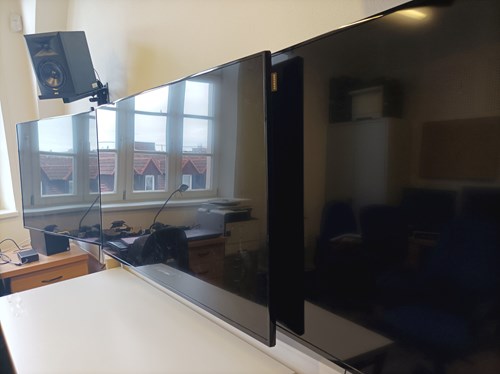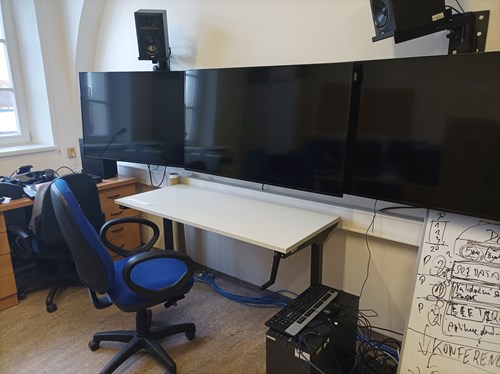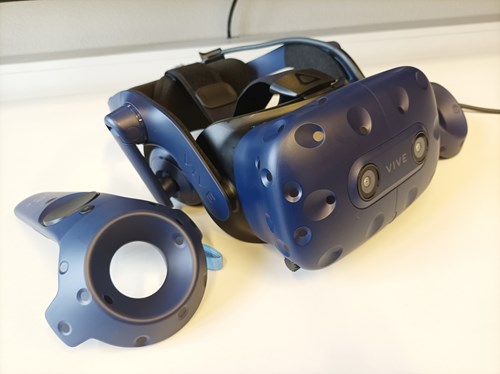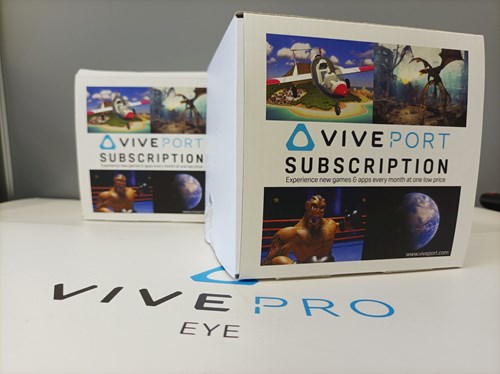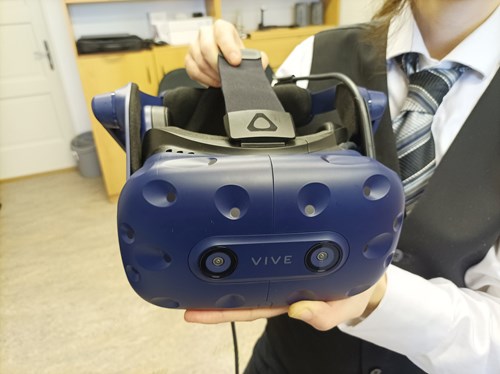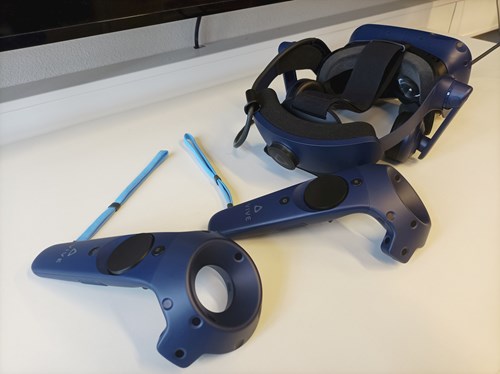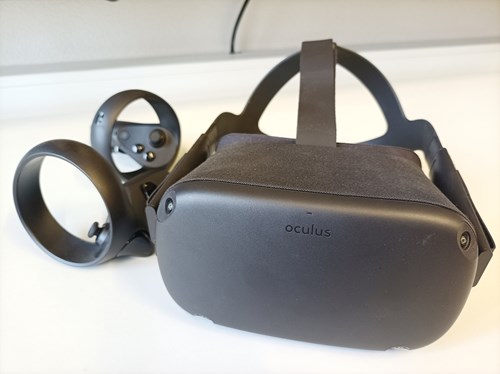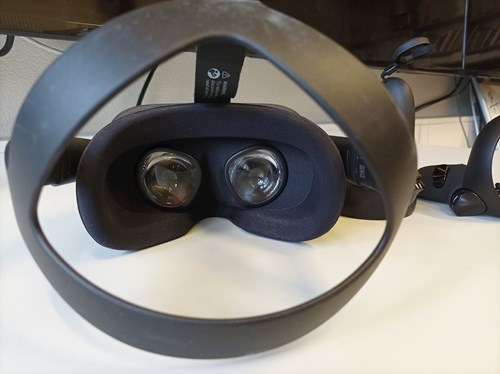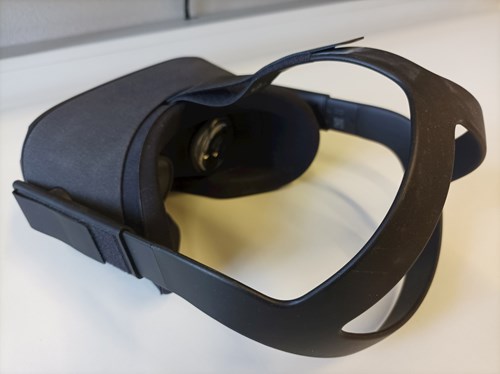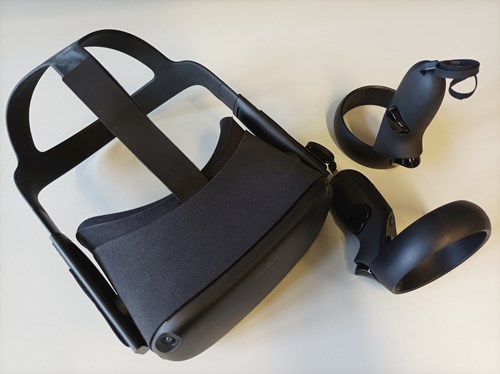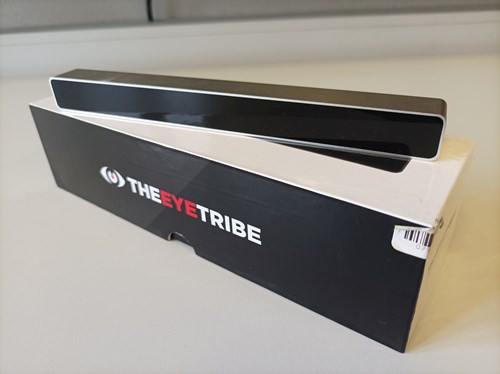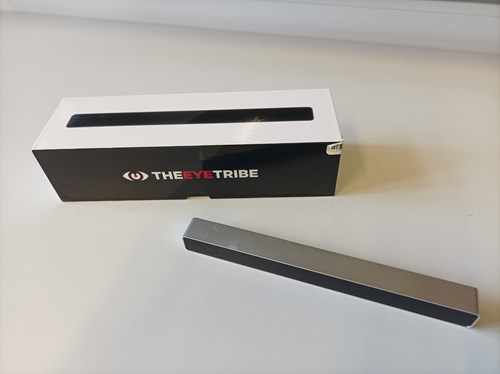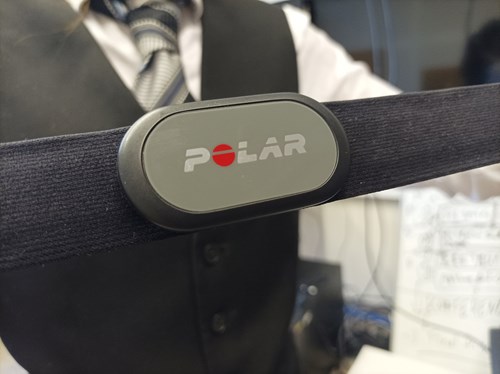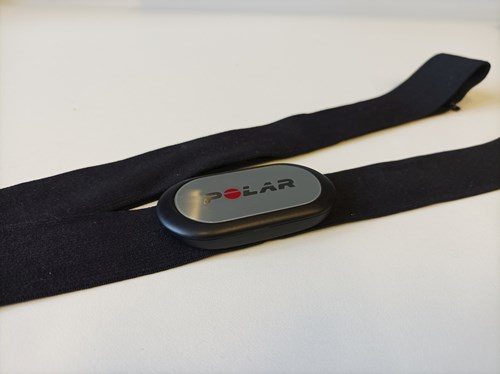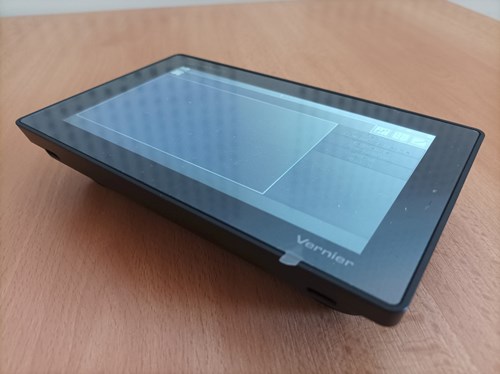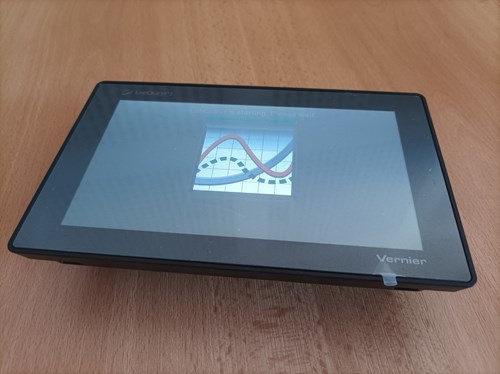Equipment
Widescreen monitor
The screen is suitable for wide-perspective presentation of stimuli, as well as for displaying stimuli presented to each eye in virtual reality. Sound quality is ensured by connectable speakers fixed from above on the wall. It is possible to move the monitors and adjust their arrangement in space. We also use our widescreen in lectures for our students and visitors.
Virtual reality headset HTC Vive Pro and HTC Vive Pro Eye
HTC Vive Pro and HTC Vive Pro Eye are virtual reality devices with professional-grade sound and graphics to provide a premium immersive experience, in case of HTC Vive Pro Eye, also in combination with precise built-in eye tracking. Furthermore, the technology offers unlimited access to hundreds of VR games, apps and videos via Viveport. The position of the headset in space is controlled by two base stations and the user interacts with the virtual environment using two controllers. It is the most frequently used device in our laboratory. However, due to the fact that the device is hardware connected to the computer, it limits us to using it mainly for activities that don't require a lot of movement. Other pitfalls of this and other virtual devices are the risk of causing cybersickness and the need to create virtual environments, which require IT specialists for their modeling. For this reason, we often use already existing VR game environments for research.
Virtual reality headset Oculus Quest
Oculus Quest is a standalone device that can wirelessly run Android-based games and software. The positional tracking is supported by internal sensors and an array of cameras in the front of the headset, rather than external sensors. The wide-angle cameras also track infrared diodes on the two Oculus Touch controllers to locate their position in space. This is combined with an accelerometer input from the controllers, a headset, and artificial intelligence algorithms predicting the path of movement. The mentioned properties make the device accessible for experiments requiring greater freedom of movement.
Virtual reality headset Meta Quest 3
The latest standalone virtual reality headset from Meta, the Quest 3 offers an immersive VR experience with a slimmer design and enhanced performance. The Quest 3 includes advanced sensors and color passthrough cameras for mixed reality capabilities, making it perfect for both VR enthusiasts and newcomers. With Meta Horizon OS and access to the Meta Quest Store, users can enjoy a wide range of VR games and apps.
Eye-tracking technology
Eye Tribe's technology uses a mobile device's built-in front facing camera to track eye movements of the user. An infrared beam is projected towards the face, reflected in the user's pupil to determine where the user is looking. The tracker has an average accuracy and can identify and follow eye movements with sub millimeter accuracy (around the size of a fingertip). Because of this, we cannot use the device to track eye movements exploring small visual areas, such as during reading. For these purposes, it is advisable to use the more precise HUME Lab eye tracking devices. By tracking the eye movements of participants, we obtain so-called 'heat maps' - the places in the visual field that receive the most and least views.
Data-collection platform
LabQuest 3 is a standalone data-collection platform designed to efficiently collect, analyze, and interact with data thanks to its touchscreen, easy-to-navigate platform and wireless capabilities. Built-in apps include Calculator, Periodic Table, Sound Recorder, Stopwatch, and more. The large, high-resolution screen is ideal to generate graphs and analyze the results that can be obtained by fast data collection of 100,000 samples per second. Students can share real-time data with multiple devices.
Laboratory
The laboratory is located on the campus of the Faculty of Arts, building C, 5th floor. Grey Lab room C.502 is located in the right wing after exiting the elevator.





